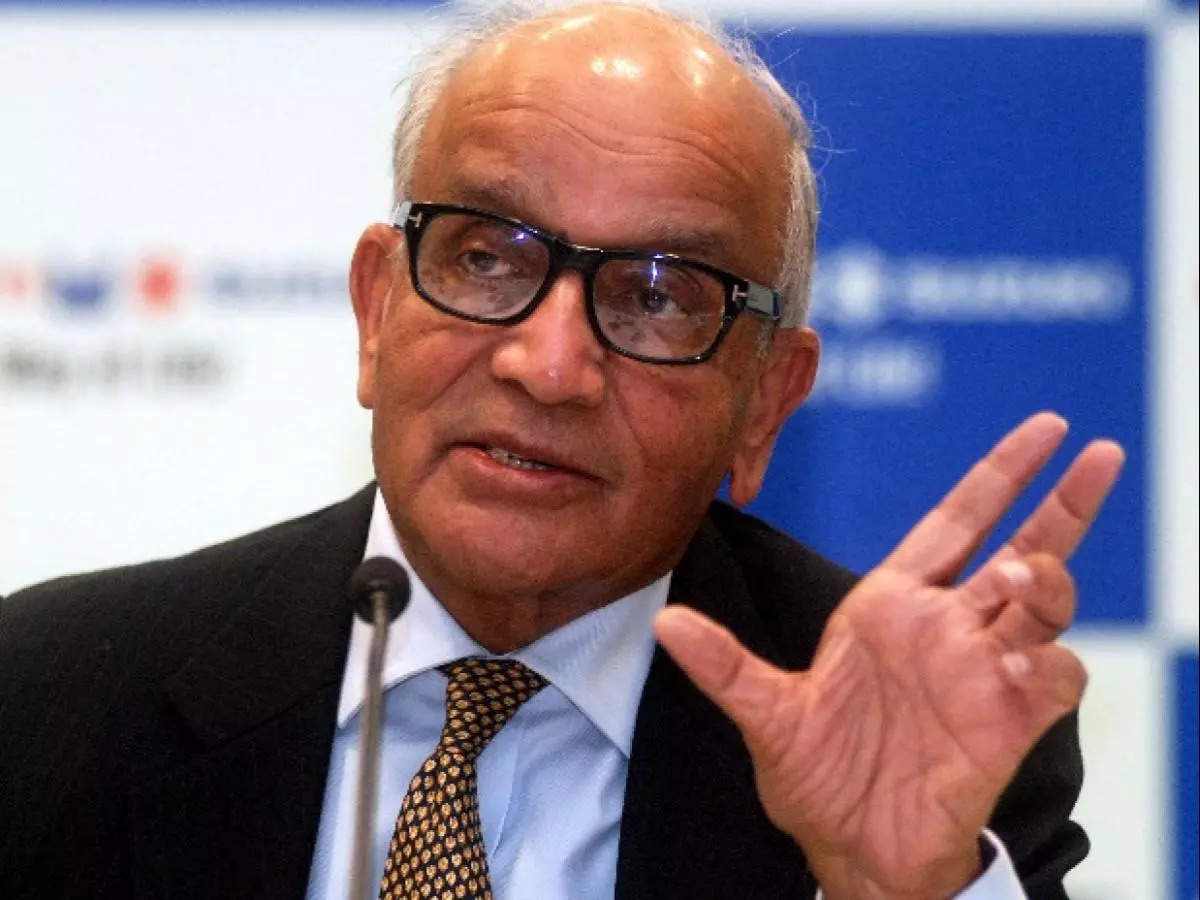
New Delhi: The country’s largest carmaker Maruti Suzuki India Limited (MSIL) said it is working on electric vehicles (EVs) which could be launched in the market before 2025. It did not give an exact timeline of its launch. However, the company said it is working on flex-fuel vehicle development for the future along with focusing on bringing a CNG product for the market.
“The launch date of EVs will be decided by the parent company Suzuki in Japan,” the maker of Alto and WagonR said at a virtual conference on the company’s second quarter earnings on Wednesday.
Tata Motors, the leader of the passenger EV market in India recorded sales of 2,704 electric cars in Q2 FY22 with 1,078 units sold in September.
According to RC Bhargava, Chairman, MSIL, “Having volumes of a few 1000s is very good but they leave us unexcited. We will not be happy if we sell 1000 cars in a month, we have gone to much higher volumes.”
There has to be greater demand for the product, I must have a car which is more saleable. If I start to sell EVs, I would like to sell around 10,000 cars in a month. For instance, if I am selling 2 million cars in a normal year, then out of that, does it make sense to sell a car less than 100,000 units, he said.
He also added that right now it is difficult to predict the pricing of EV batteries, infrastructure availability, electrical supply and “the costing is not at all in our hands”.
The demand in CNG has also been higher and the large part of the waiting list in MSIL portfolio is for CNG cars as of nowRC Bhargava, Chairman, MSIL
While diesel will remain out of MSIL’s portfolio, the company said it is working on flex-fuel vehicle development for the future along with focusing on bringing a CNG product for the market. Recently, Union Minister Nitin Gadkari said the government would make flex-fuel engines mandatory for all types of vehicles in six months.
“The government has clearly announced its policy of encouraging CNG vehicles for personal transportation. The demand in CNG has also been higher and the large part of the waiting list in MSIL portfolio is for CNG cars as of now,” Bhargava said.
While every OEM is pursuing various powertrain options, MSIL said, even though hybrids are more expensive than ICE vehicles, they have a strong advantage over the latter because they produce 30%-45% energy efficiency and CO2 reduction as they do not need charging infra to scale up.
Having an alternative source of semiconductor is not something easy to do. Once the vehicle has been designed you cannot replace one chip with another as the particular specification of the component is also designedRC Bhargava, Chairman, MSIL
On Wednesday, the company reported a decline of 66% in its consolidated profit to INR 486.9 crore in the quarter ending September 30, 2021, as against INR 1419.6 crore in the corresponding quarter last year.
MSIL said that the decline in profit is owing to the rise in commodity prices and has nothing to do with competition from other OEMs. “We were selling the same kinds of models even earlier and we were making good profits. But we haven’t ever had an impact on commodity prices like we had in this quarter,” Bhargava said.
He assured that the production will be better in November and that exploring an alternative source of semiconductor manufacturing is not an easy task.
“Having an alternative source of semiconductor is not something easy to do. Once the vehicle has been designed you cannot replace one chip with another as the particular specification of the component is also designed,” he said adding that unless someone is providing an identical chip, which can only happen if the same proprietary company makes the same chips but in some other factory.
Further, the carmaker agreed that the demand for small cars as a total percentage of the industry has come down. It used to be 11% in the entry hatchback in FY20 and it is 10.1% in FY21.
“Currently it is around 9.5%. This is due to a combination of factors like preference for personal mobility, and increased cost of acquisition owing to increase in road taxes, registration taxes and regulatory changes which impact the consumers at the lower end of the spectrum,” it said.
Also Read:
















